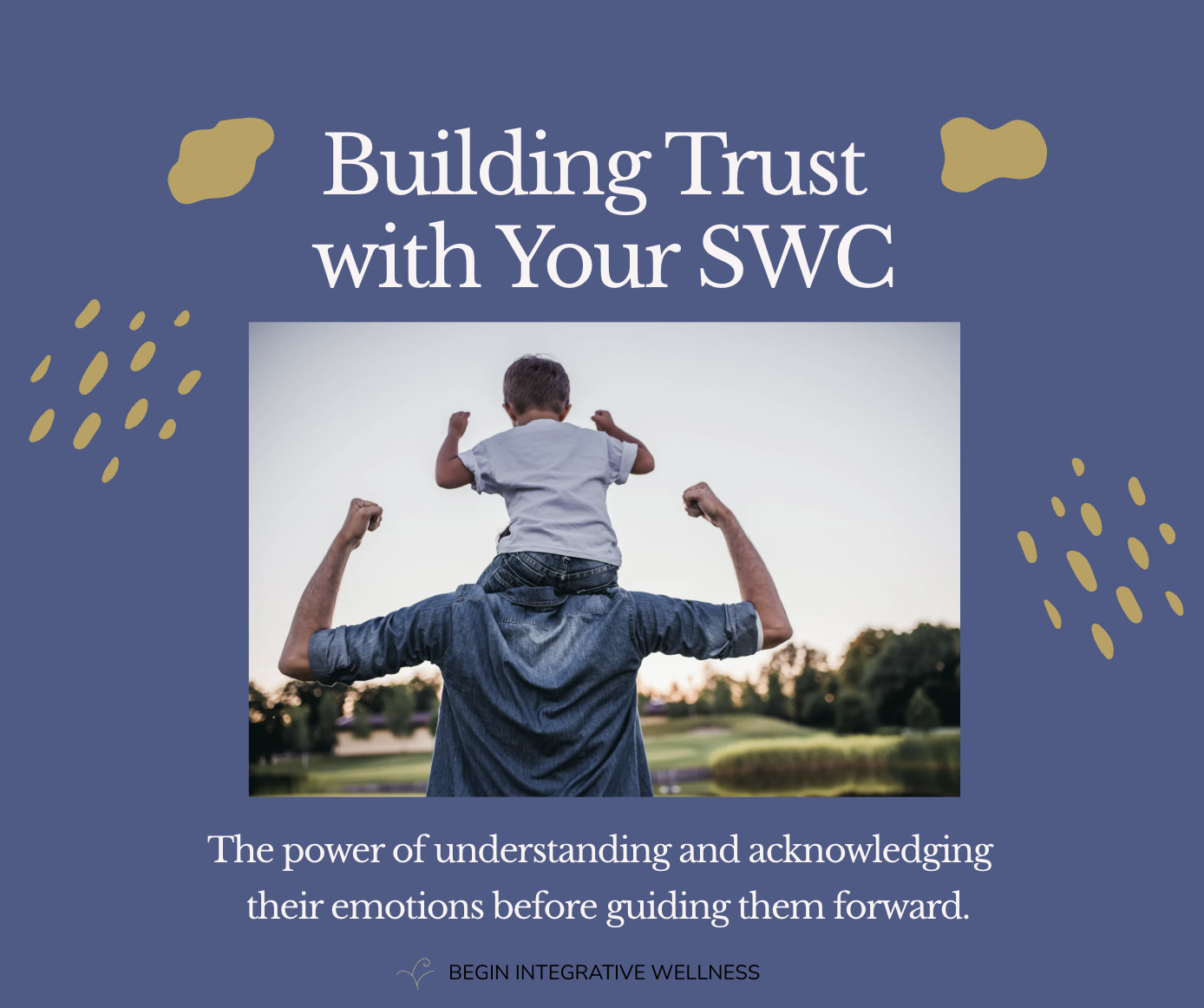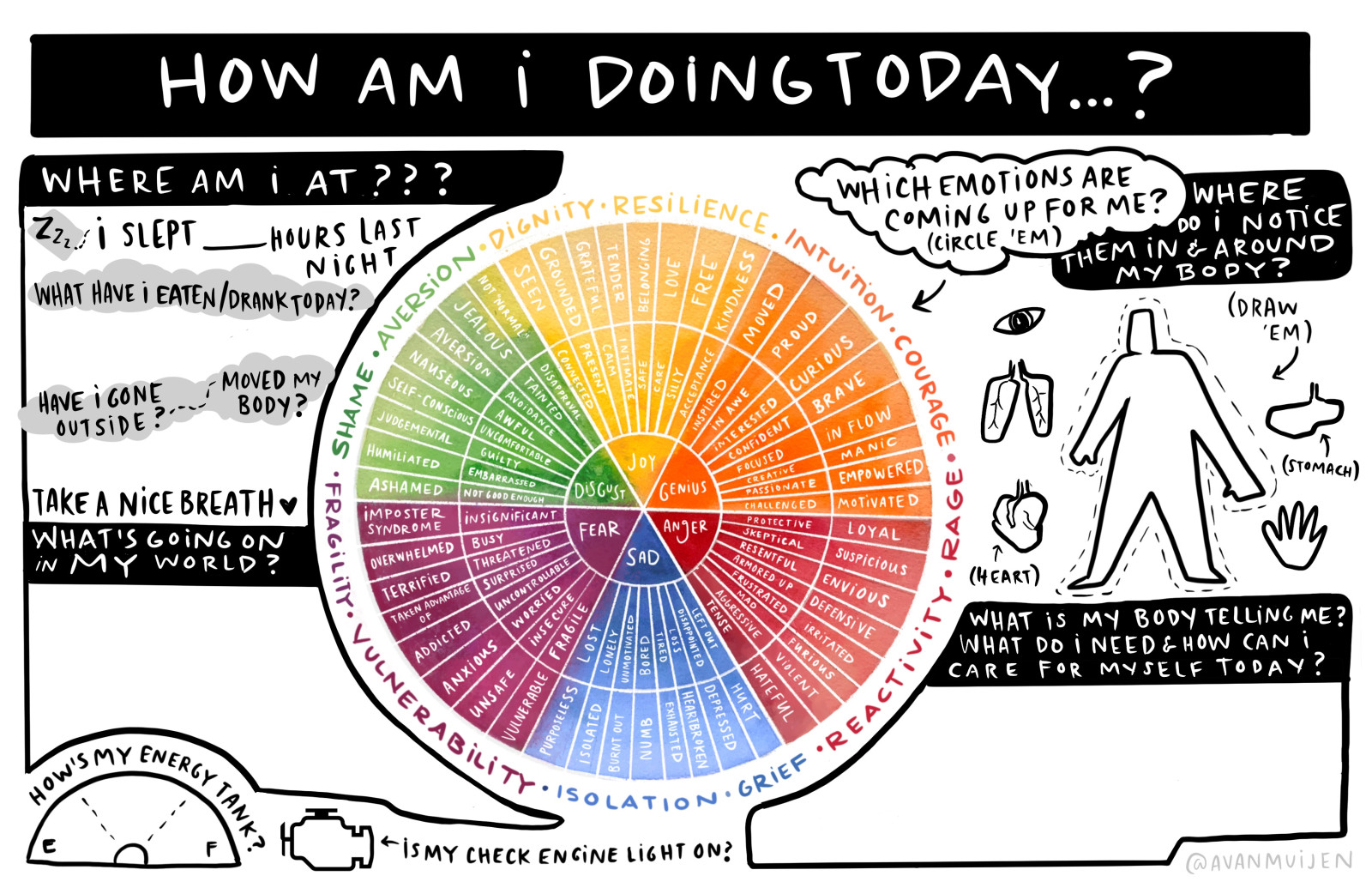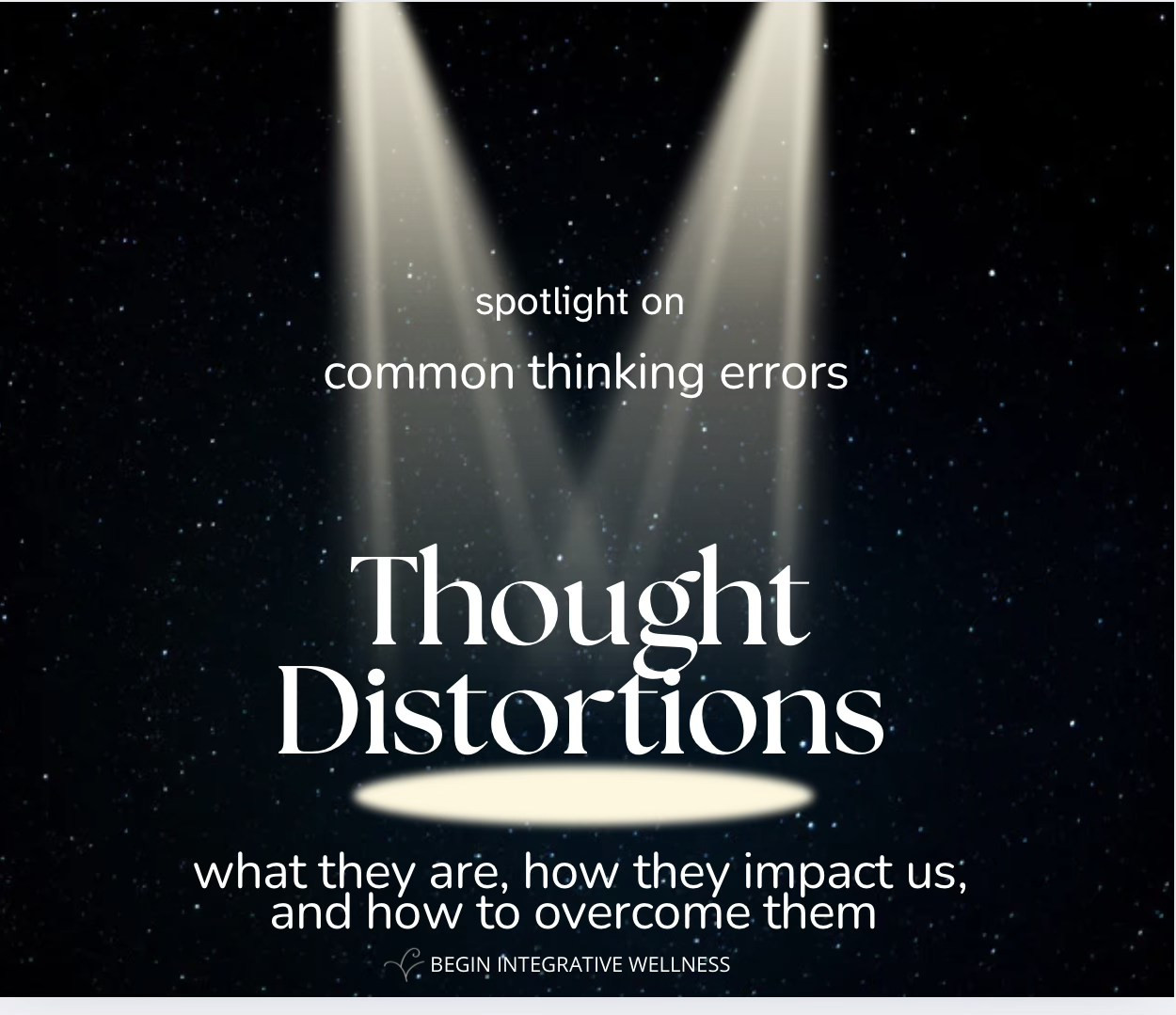
Parents often come to me feeling totally lost about how to set boundaries and redirect their strong-willed kids. They’ll say things like, “Every time I set a boundary, it’s like setting off a bomb. They scream, they stomp, and I end up feeling like the bad guy.” It’s a common problem and one I’m directly familiar with having parented two of my own SWCs through a our share of stormy moments.
One mom recently shared how her 8-year-old, after being told to put their tablet away, shouted, “You’re so mean! You never let me do anything!” and threatened to break the tablet. She said her first reaction was to fire back with, “Well, if you’d listen the first time, I wouldn’t have to be mean.” She also admitted she was tempted to break the tablet herself- at least that would solve the problem, right? That hit close to home because I’ve been there myself—more than once!
When my own children used to shout something similar, I’d feel the heat rising. The urge to fix it or shut it down was overwhelming. I grew up in a family where yelling like this would never have been tolerated and I felt like I was failing as a parent “allowing” my kids to behave this way. Even though the therapist in me knew better, the young parent in me felt triggered. But I learned (the hard way) that snapping back or redirecting too quickly usually made things worse. It escalated the behavior and left both of us feeling even more disconnected.
So what works instead? Let me share what I’ve learned—and what I teach the parents I work with in my practice:
What Not to Do:
- Rush to Redirect: Saying things like, “It’s just screen time, it’s not a big deal” or “If you’d listened, we wouldn’t be here” invalidates their feelings and often fuels the fire.
- Engage in Power Struggles: Meeting their anger with your own creates a battle no one wins.
- Solve Too Quickly: Jumping to solutions (e.g., “You’ll get more time tomorrow”) skips over the important step of letting them feel heard.
What to Do Instead:
- Pause and Breathe: Before responding, take a moment to calm yourself. Their big feelings don’t have to become your big feelings.
- Acknowledge Their Emotions: Use simple language to show you’re listening. For example: “You’re really mad right now. It’s hard to stop when you’re in the middle of something fun, isn’t it?”
- Leave Space for the Feelings: Let them vent. Let them cry. Let them stomp a little. Whether you’re sitting with them or giving them a few minutes alone, the goal is to give their emotions room to exist without rushing to fix or redirect.
- Revisit the Issue Later: Once they’re calm, that’s the time to talk about boundaries or problem-solving. Not before.
Once I realized this was what I needed to do it was time to practice. When one of my SWC’s started shouting something like “This is so unfair!” after I told them it was time to stop what they were doing I would stop, take a deep breath, and remind myself that this is a long game. Instead of arguing, I said, “It’s hard to stop something you’re enjoying. I get that. Do you want to tell me about what you were working on?” They usually grumbled, sometimes kept shouting, and occasionally glared but eventually they would share a little about whatever it was that I had interupted. After a while, they would settle down without me saying another word about it.
That’s the magic of creating space for their feelings. When we give them permission to be upset, they calm down faster, and we avoid unnecessary power struggles. More importantly, we’re teaching them a valuable life skill: hard feelings are part of life, and you can handle them.
So, next time your SWC is melting down, remember: pause, breathe, and acknowledge. It’s not about letting go of boundaries; it’s about showing them you’re in their corner, even when they’re mad at you .
Have you tried this with your SWC? What’s worked for you? Share your stories—I’d love to hear them.
___________________
Begin Within
and align with the rhythm of nature and self.













0 Comments